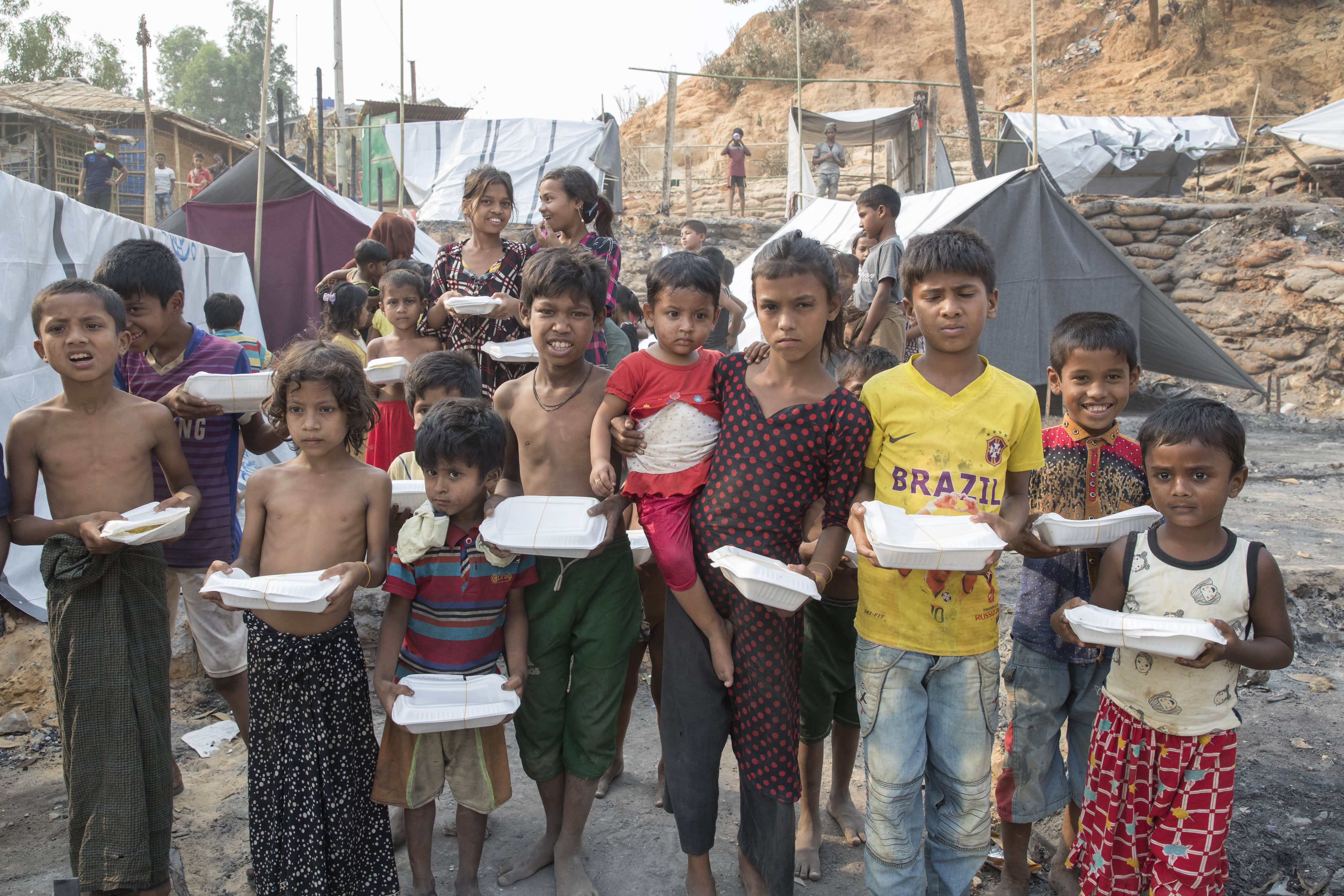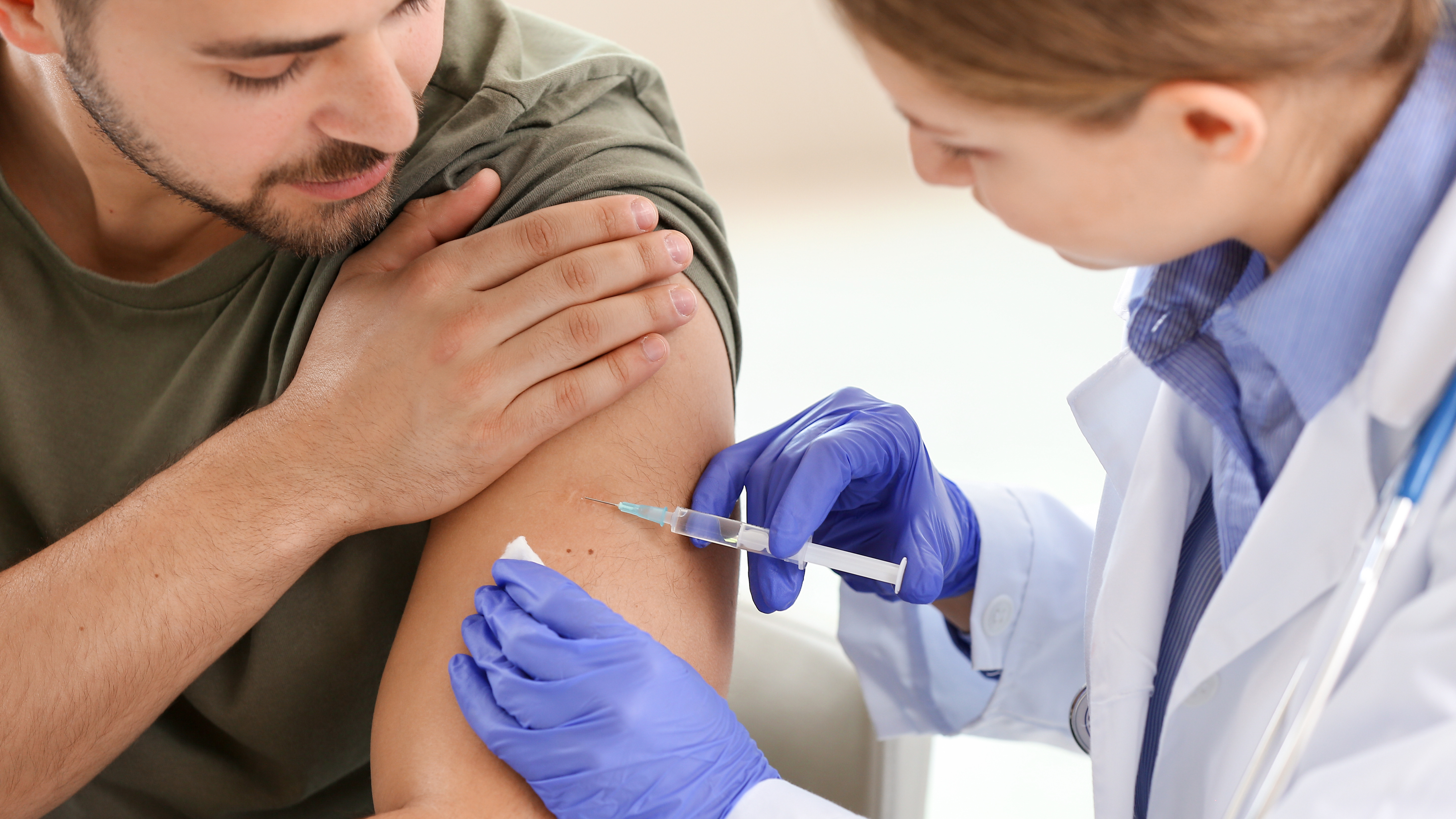Some of Southern California's counties have four times the death rate due to COVID-19 compared to counties to the north, according to an analysis by the NBC4 I-Team of data from the U.S. Centers for Disease Control and Prevention.
One of the victims was Morris Mendoza, 72, who died six months ago from COVID, leaving behind heartbroken family and friends in Riverside. Some 210 of every 100,000 people lost their lives in Riverside County during the pandemic. That's one of the highest death rates in Califronia.
"I was very shocked," said Cindy Mendoza-Collins, his sister. "I still cry to this day."
Get Southern California news, weather forecasts and entertainment stories to your inbox. Sign up for NBC LA newsletters.
Gerald Zamora urged his best friend to fight on.
"I said, 'Don't let it take you. Don't let it take you. Don't give up.' He said, 'I can't. I can't.'"
Los Angeles and San Bernardino counties have an even higher death rate, according to the I-Team analysis.
In LA, there are 228 people per 100,000 and 258 in San Bernardino. In contrast, San Francisco has just 57 deaths per 100,000 people.
"There are many differences between Northern and Southern California in terms of demographics, in terms of big issues like social vulnerability which have to do with the level of poverty, the number of people living in close proximity to each other," said Professor Anne Rimoin, with the UCLA Fielding School of Public Health.
Rimoin points out San Francisco and the rest of the Bay Area were the first in the state to implement strict stay-at-home orders. All 10 counties there show fewer than 100 cases per 100,000 people.
"There was a lot of compliance with social distancing, masking and other measures," she said.
LA County implemented strict stay-at-home orders, too. But of the 10 million people in the county, one in five lives in poverty. That's a key factor when considering a community's "social vulnerabilty" and heightened risk to a virus like COVID-19.
"So what we saw was the virus really running through these populations," Rimoin said. "So when you ave multigenerational households, you have younger people who are working and then they bring it home to their families, and we saw a lot of that here."
And many of the communities hit hardest by the virus have also had difficulties accessing the vaccines.
"I feel that he could still be alive if we had the vaccines available here in the community back then," said Mendoza-Collins.
Mendoza-Collins says the virus that took her brother's life almost claimed hers as well.
"It was awful, the worst month of my life," Mendoza-Collins said. "I thought I was going to pass away, too."
She's now fully vaccinated, and hopeful the loss so many have endured will lead to meaningful change, a sentiment echoed by dr. Rimoin.
"I think it's really important to remember all the hard work that was done to get through the surge and to the other side of it, and to continue on a trajectory where we are saving lives," Rimoin said.




